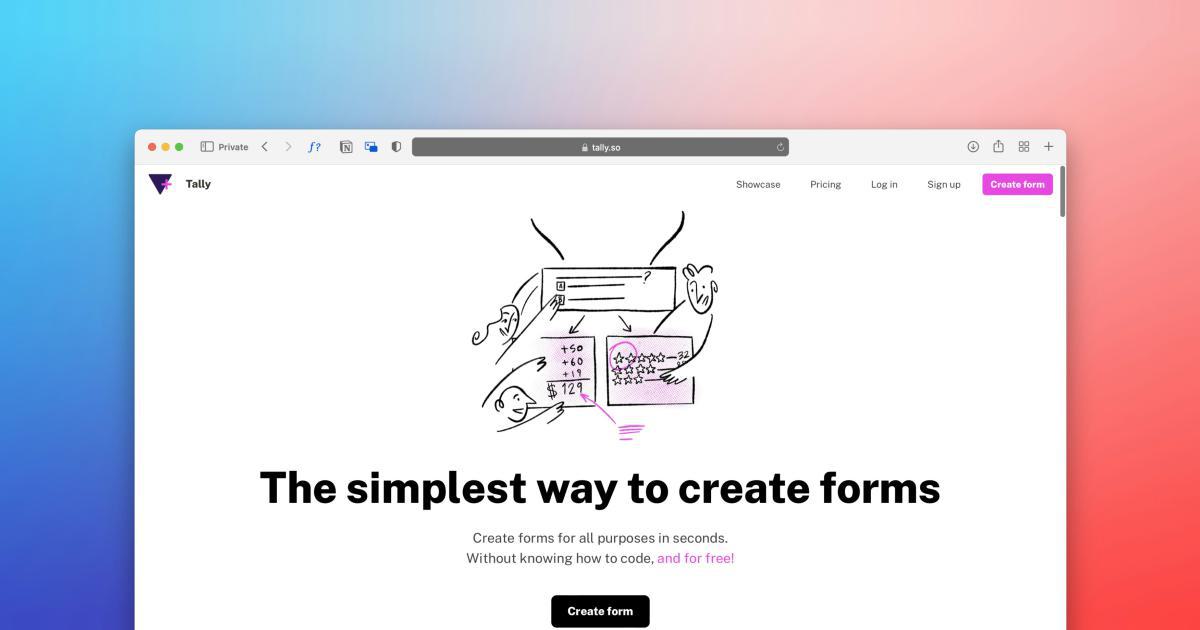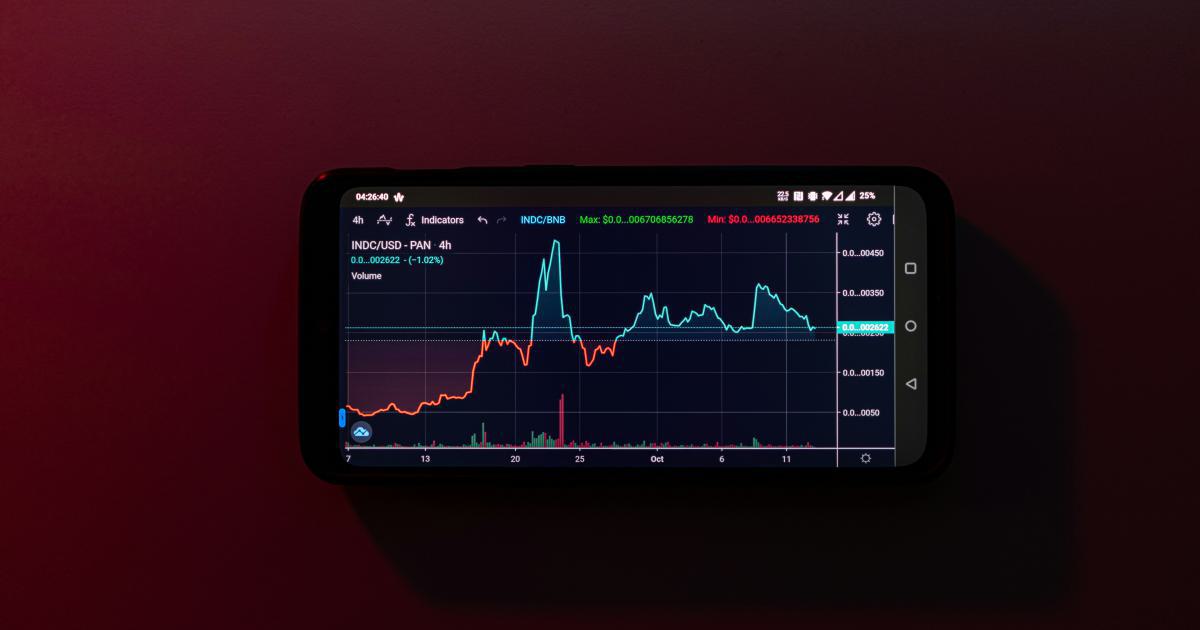Backlink Audit Best Practices for Effective Optimization


Introduction: The Importance of Backlink Auditing
Backlinks are a crucial component of any effective SEO strategy. They serve as essential signals to search engines, indicating the authority, relevance, and trustworthiness of a website. A well-planned backlink profile can significantly boost a website's visibility, organic traffic, and ultimately, its search engine rankings.
However, not all backlinks are created equal. Over time, a website's backlink profile can become cluttered with low-quality, spammy, or even harmful links that can negatively impact its online performance. This is where a comprehensive backlink audit comes into play.

A backlink audit is the process of thoroughly analyzing a website's entire backlink profile to identify any potentially damaging or low-quality links. By identifying and addressing these problematic backlinks, website owners and digital marketers can improve the overall health and effectiveness of their link-building efforts.
In this comprehensive guide, we'll explore the best practices for conducting a thorough backlink audit and leveraging the insights gained to optimize your website's backlink profile for maximum impact.
Understanding the Importance of Backlink Auditing
Backlink auditing is a crucial component of any successful SEO strategy for several key reasons:
1. Identifying Harmful Backlinks
Over time, a website's backlink profile can become polluted with low-quality, spammy, or even toxic links that can negatively impact its search engine rankings and overall online performance. A backlink audit helps identify these harmful links, allowing you to take appropriate action to remove or disavow them.
2. Improving Domain Authority and Trust
High-quality, contextual backlinks from authoritative and relevant websites can significantly boost a website's domain authority and trustworthiness in the eyes of search engines. By analyzing your backlink profile, you can identify opportunities to acquire these valuable backlinks and improve your website's overall authority.
3. Aligning with Google's Quality Guidelines
Google's Webmaster Guidelines and search quality guidelines place a strong emphasis on the quality and relevance of a website's backlink profile. By conducting a thorough backlink audit and addressing any issues, you can ensure your website's link-building efforts are aligned with Google's best practices, reducing the risk of penalties or algorithmic demotions.
4. Identifying Linking Opportunities
A comprehensive backlink audit can also reveal valuable linking opportunities, such as websites or industry influencers that may be willing to link to your content or collaborate on future projects. Leveraging these insights can help you expand your backlink profile and improve your overall online visibility.
5. Monitoring and Maintaining Backlink Health
Backlink auditing should be an ongoing process, as a website's backlink profile is constantly evolving. Regular audits allow you to monitor the health of your backlink profile, identify any emerging issues, and take proactive steps to maintain its integrity over time.
By understanding the importance of backlink auditing, you can optimize your website's link-building efforts and ensure your online presence remains strong and sustainable in the long run.
Conducting a Comprehensive Backlink Audit
Embarking on a backlink audit can seem like a daunting task, but by following a well-structured process, you can uncover valuable insights and actionable steps to improve your website's backlink profile. Here's a step-by-step guide to conducting a comprehensive backlink audit:
1. Gather Backlink Data
The first step in the backlink audit process is to gather comprehensive data on your website's backlink profile. This can be done using various backlink analysis tools, such as:
- Google Search Console: Google's free webmaster tool provides a wealth of information about your website's backlinks, including the referring domains, anchor text, and link types.
- Ahrefs: A popular paid tool that offers in-depth backlink analysis, including metrics like domain rating, URL rating, and referring domains.
- Majestic: Another paid tool that provides comprehensive backlink data, along with additional insights like trust flow and citation flow.

Whichever tool you choose, aim to collect as much data as possible, including the total number of backlinks, referring domains, anchor text distribution, and link types (e.g., dofollow, nofollow, sponsored, etc.).
2. Categorize and Analyze Backlinks
With your backlink data in hand, the next step is to categorize and analyze the links to identify any potential issues or opportunities. Here are some key areas to focus on:
a. Toxic and Low-Quality Backlinks
Identify any backlinks that may be considered toxic or low-quality, such as those from spammy websites, link farms, or pages with irrelevant content. These types of links can negatively impact your website's search engine rankings and overall online performance.
b. Anchor Text Diversity
Examine the anchor text distribution of your backlinks to ensure you have a healthy mix of branded, topical, and generic anchor text. An over-optimization of exact-match anchor text can be a red flag for search engines.
c. Link Types and Attributes
Analyze the types of backlinks you have, including dofollow, nofollow, sponsored, and UGC links. While nofollow links don't pass direct link equity, they can still provide valuable referral traffic and brand exposure.
d. Referring Domain Quality
Assess the quality and relevance of the referring domains linking to your website. High-authority, industry-relevant domains can significantly boost your website's credibility and search rankings.
e. Backlink Velocity and Profile
Monitor the pace and pattern of your backlink growth over time. Sudden spikes or unnatural fluctuations in backlink acquisition may indicate potential issues or the need for a more balanced link-building strategy.

By categorizing and analyzing your backlink data, you can gain a comprehensive understanding of your website's link profile and identify areas that require attention or optimization.
3. Evaluate and Prioritize Backlink Cleanup
Once you've completed the backlink analysis, it's time to evaluate the identified issues and prioritize the necessary cleanup actions. This process typically involves the following steps:
a. Determine Harmful Backlinks
Carefully review the low-quality or potentially toxic backlinks you've identified and assess their potential impact on your website's search engine performance. These are the links that will need to be removed or disavowed.
b. Assess Link Removal Feasibility
Evaluate the feasibility of removing the harmful backlinks, either by contacting the referring website owners or using Google's Disavow Tool. Consider factors such as the number of problematic links, the responsiveness of the referring domains, and the overall effort required.
c. Prioritize Backlink Cleanup
Prioritize the backlink cleanup process based on the potential impact of the problematic links and the ease of removal or disavowal. Focus first on the most harmful and easily addressable links, then work your way down the list.
d. Develop a Backlink Cleanup Plan
Create a detailed action plan for executing the backlink cleanup process, including timelines, responsible parties, and any necessary follow-up or monitoring activities.

By thoroughly evaluating and prioritizing your backlink cleanup efforts, you can ensure your website's link profile remains healthy and aligned with search engine quality guidelines.
4. Implement Backlink Cleanup and Disavow
With your backlink cleanup plan in place, it's time to begin the implementation process. This typically involves the following steps:
a. Contact Webmasters for Link Removal
Reach out to the owners of the referring websites hosting the problematic backlinks and request that they remove the links. Document your outreach efforts and any responses received.
b. Use the Google Disavow Tool
If the link removal process proves challenging or time-consuming, you can use Google's Disavow Tool to disavow the harmful backlinks. This tells Google to ignore those links when evaluating your website's link profile.
c. Monitor and Verify Backlink Cleanup
Continuously monitor your backlink profile to ensure the cleanup process is effective and that no new low-quality links have been acquired. Verify the removal or disavowal of the problematic links through your backlink analysis tools.

By meticulously implementing your backlink cleanup plan, you can effectively address any issues within your link profile and position your website for long-term SEO success.
Acquiring High-Quality Backlinks
While cleaning up your website's backlink profile is essential, it's equally important to focus on acquiring high-quality, authoritative backlinks that can boost your online visibility and search engine rankings. Here are some best practices for building a strong, sustainable backlink profile:
1. Create Remarkable Content
Producing consistently high-quality, informative, and valuable content is the foundation for attracting natural, editorial backlinks. Engage your target audience with content that addresses their pain points, provides unique insights, or offers practical solutions.

2. Leverage Influencer Outreach
Reach out to industry experts, influencers, and respected websites within your niche and explore opportunities for guest posting, co-marketing campaigns, or collaborative content initiatives. These types of partnerships can result in valuable, contextual backlinks.
3. Optimize for Broken Link Building
Identify broken links on relevant industry websites and offer your own high-quality content as a replacement. This strategy not only earns you a backlink but also provides value to the referring website.
4. Participate in Online Communities
Engage with online communities, forums, and platforms related to your industry. Provide thoughtful, valuable contributions that showcase your expertise, which can lead to natural backlink opportunities.
5. Leverage Skyscraper Technique
Identify top-performing content within your industry, create a superior version of that content, and reach out to the referring domains to request a backlink to your improved resource.

6. Utilize Digital PR and Outreach
Leverage digital PR and outreach strategies to secure mentions, citations, and backlinks from high-authority, industry-relevant media outlets and publications.
By focusing on these best practices for acquiring high-quality backlinks, you can steadily improve your website's domain authority, search engine visibility, and overall online performance.
Monitoring and Maintaining Backlink Health
Maintaining the health and integrity of your website's backlink profile is an ongoing process that requires continuous monitoring and optimization. Here are some key steps to ensure the long-term sustainability of your backlink efforts:
1. Regularly Monitor Backlink Profile
Implement a regular cadence for monitoring your website's backlink profile, using tools like Google Search Console, Ahrefs, or Majestic. This will allow you to quickly identify any emerging issues or changes in your link profile.

2. Continuously Audit and Prune Backlinks
Conduct periodic backlink audits to identify and address any new low-quality or potentially harmful links. Regularly prune your backlink profile by removing or disavowing problematic links to maintain its overall health.
3. Diversify Backlink Sources
Strive to build a diverse backlink profile, with links from a variety of high-quality, industry-relevant sources. This helps mitigate the risk of relying too heavily on a single referring domain or link type.
4. Monitor Backlink Velocity and Profile
Keep a close eye on the pace and pattern of your backlink growth. Sudden spikes or unnatural fluctuations may indicate potential issues or the need for a more balanced link-building strategy.
5. Leverage Backlink Monitoring Tools
Utilize dedicated backlink monitoring tools, such as Ahrefs, Majestic, or SEMrush, to set up alerts and notifications for any significant changes or new additions to your website's link profile.

By implementing these best practices for continuous backlink monitoring and maintenance, you can ensure your website's link profile remains healthy, sustainable, and aligned with search engine quality guidelines.
Conclusion: Unlocking the Power of Backlink Auditing
A comprehensive backlink audit is a crucial component of any effective SEO strategy. By thoroughly analyzing your website's link profile, identifying and addressing any problematic links, and proactively building high-quality backlinks, you can unlock significant improvements in your search engine rankings, organic traffic, and overall online performance.
Remember, backlink auditing is an ongoing process, not a one-time task. By continuously monitoring and maintaining the health of your backlink profile, you can ensure your website's link-building efforts remain sustainable and impactful in the long run.
Embrace the power of backlink auditing and optimization, and watch your website's online presence soar to new heights.
Are You Crushing It in Internet Marketing?
Struggling to boost your online visibility and traffic? Semrush is the ultimate platform for digital marketers like you. With powerful SEO tools and competitive data insights, you can optimize your website, content, and campaigns for maximum impact.
Join over 7 million marketers already using Semrush to outrank their competitors, drive more qualified leads, and grow their businesses online. Get started today with a 7-day free trial, and unlock the full potential of your internet marketing strategy.
Unlock the Power of SEO with Semrush
Are you struggling to boost your online visibility and drive more traffic to your website? Semrush has the solution.
Our comprehensive platform offers advanced keyword research, competitor analysis, and SEO audits, empowering you to optimize your content and outrank your competition.